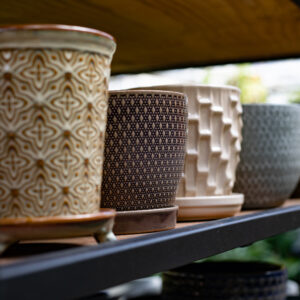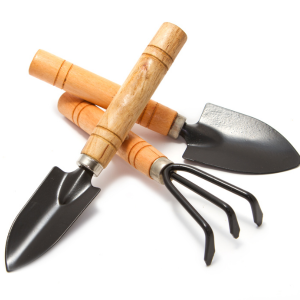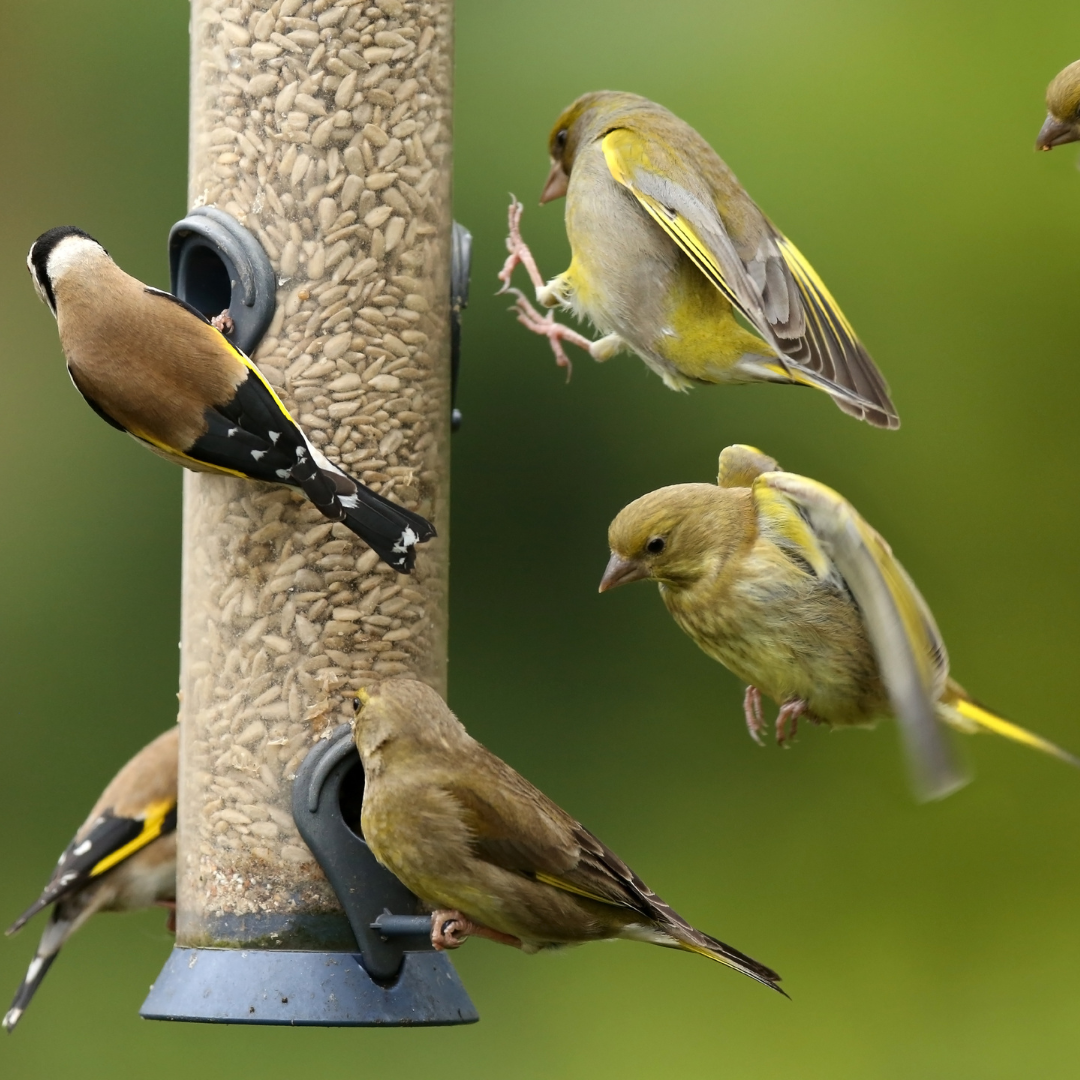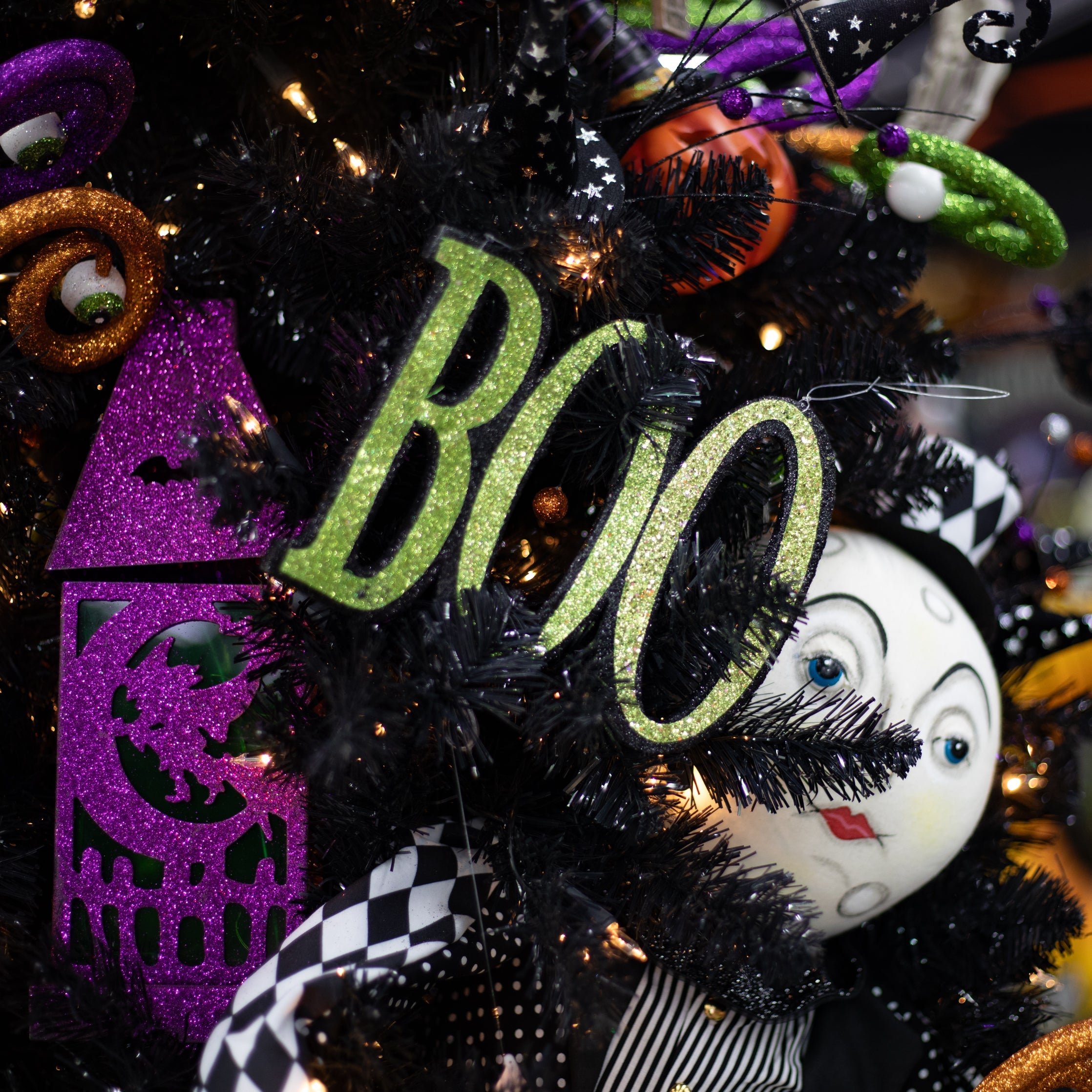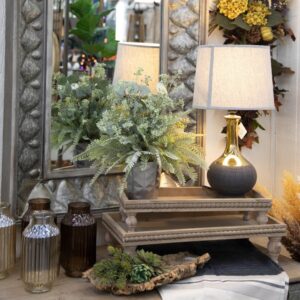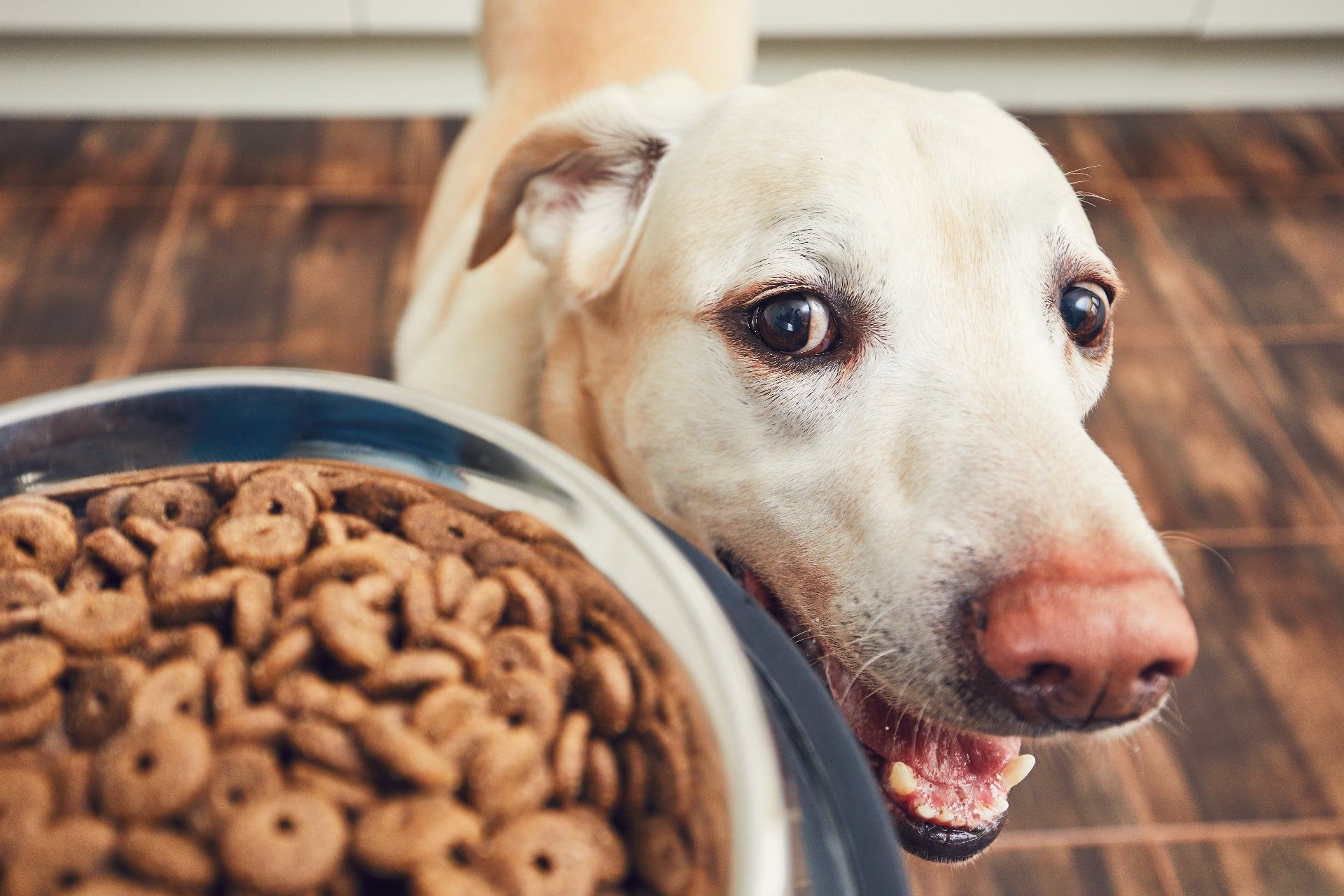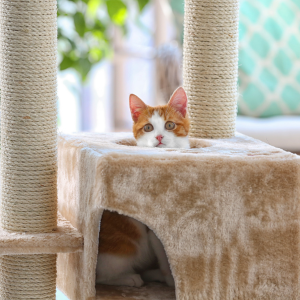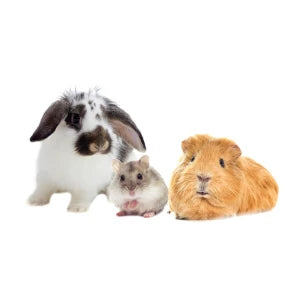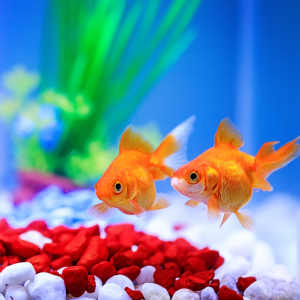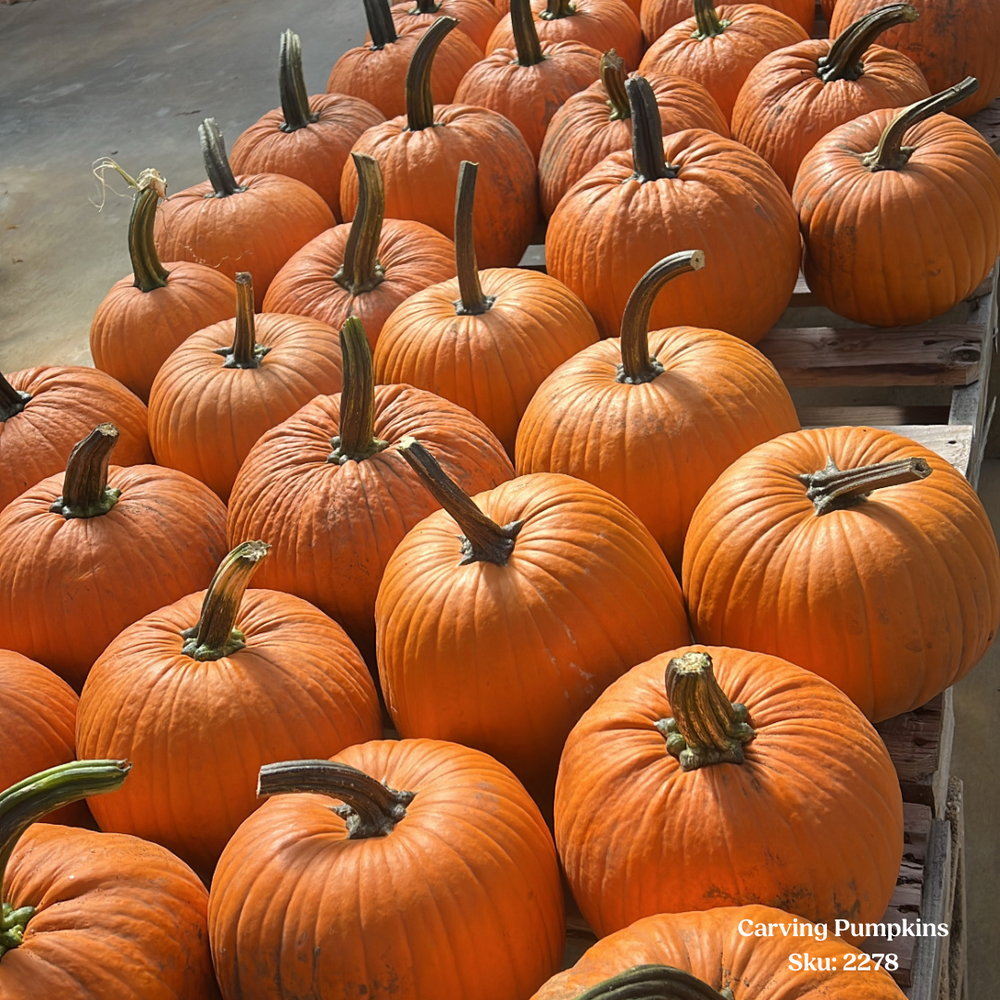Dieffenbachia Care
Dieffenbachia, also known as Dumb Cane, is loved for its large, patterned leaves in shades of green, cream, and yellow.
This tropical houseplant brightens any indoor space and adapts to various conditions.
With proper light, consistent moisture, and a touch of humidity, it will reward you with lush, vibrant growth.

Light
Thrives in bright, indirect light. Tolerates medium light, but growth may slow. Avoid harsh, direct sunlight—it can scorch the leaves.

Watering
Keep soil lightly moist, allowing the top inch to dry between waterings. Reduce watering in winter when growth slows. Avoid overwatering to prevent root rot.

Humidity
Prefers moderate to high humidity. Occasional misting or a pebble tray can help prevent leaf browning. Typical indoor conditions are usually sufficient.

Temperature
Ideal range: 65–80°F (18–27°C). Avoid drafts, AC vents, and temperatures below 60°F.

Soil
Use a rich, well-draining potting mix. A mix with peat or coco coir plus perlite works well.

Fertilizing
Feed every 4–6 weeks in spring and summer. Use a balanced, diluted liquid fertilizer. Pause feeding in fall and winter.

Repotting
Repot every 2–3 years or when rootbound. Best done in spring to support new growth.

Pruning & Cleaning
Remove yellow or damaged leaves at the base. Wipe leaves to remove dust and keep foliage healthy. Wear gloves as sap can be a skin irritant.

Pet Safety
Toxic to cats and dogs if ingested. Can cause oral irritation, swelling, drooling, or vomiting.

Common Problems
Yellow leaves = overwatering or low light. Brown tips = dry air or inconsistent watering. Droopy leaves = needs water or is stressed.

Common Pests
Watch for spider mites, mealybugs, aphids, and scale.

Fun Fact
Dieffenbachia earned the nickname “Dumb Cane” because its sap can cause temporary mouth numbness and swelling if chewed.



